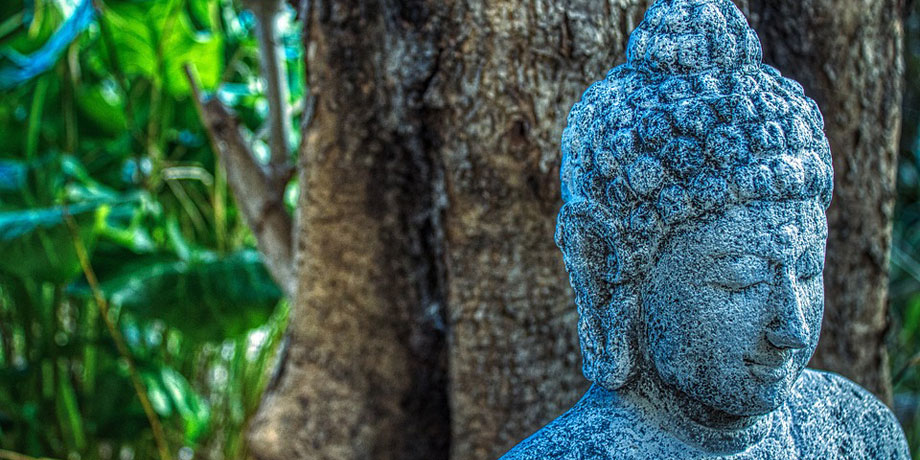
The ancient practice of yoga has its roots in India, dating back thousands of years to the Indus Valley Civilization. Originally, yoga was a spiritual practice used to connect with the divine and achieve enlightenment.
In the centuries that followed, yoga evolved and diversified, with different schools and traditions developing their own unique approaches to the practice. Despite this diversity, the core principles of yoga remained the same: the union of mind, body, and spirit through physical postures, breath control, and meditation.
During the colonial period in India, yoga was suppressed and largely forgotten. However, in the 20th century, yoga experienced a resurgence in popularity. This resurgence was driven in part by the work of Indian yogis such as Sri Tirumalai Krishnamacharya and Sri Pattabhi Jois, who traveled to the West and introduced yoga to a new audience.
Today, yoga is a global phenomenon, with millions of people practicing in every corner of the world. While the original spiritual aspects of yoga are still present, the practice has also become a popular form of exercise and stress relief.
There are many different styles of yoga, each with its own unique focus and approach. Some styles, such as Hatha yoga, focus on the physical postures and breathing techniques. Other styles, such as Kundalini yoga, place a greater emphasis on the spiritual and meditative aspects of the practice.
Despite its ancient roots, yoga is a practice that is still very much alive and relevant today. Whether you are looking to improve your physical health, reduce stress, or connect with a deeper sense of inner peace, yoga has something to offer.



Leave a Comment